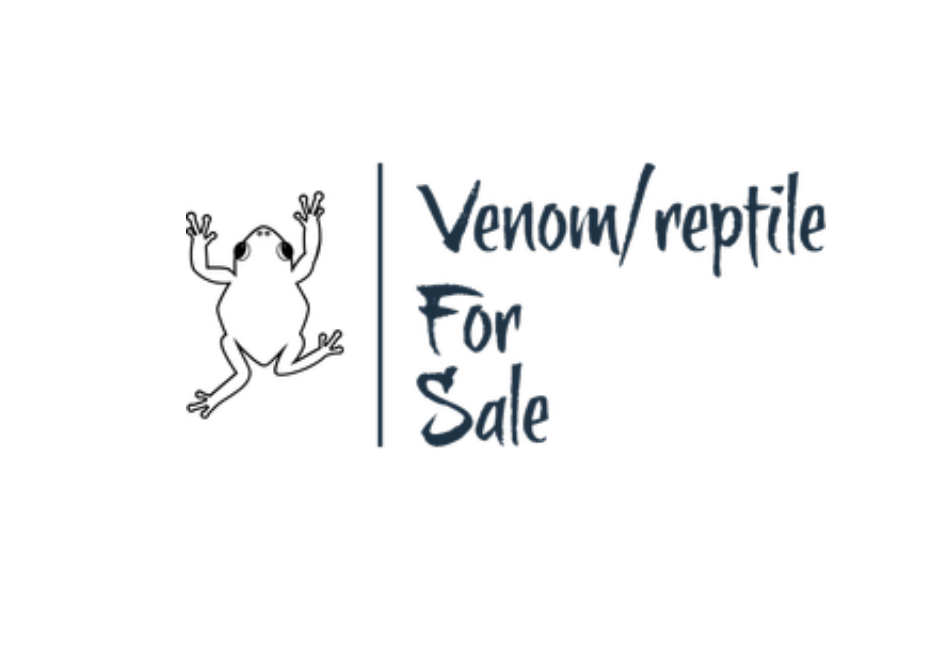No products in the cart.
Uncategorized
A Guide to Responsible Frog and Toad Keeping: Safety, Care, and Conservation
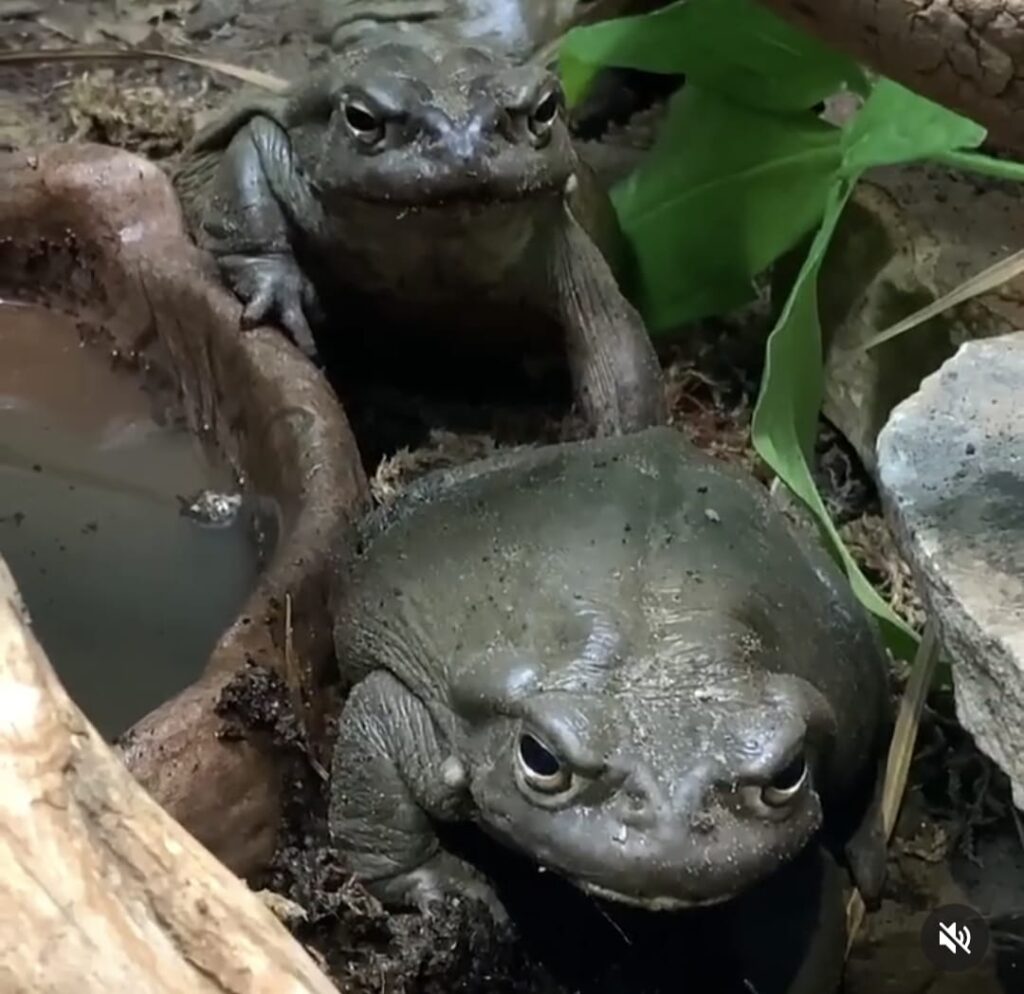
Frogs and toads are captivating creatures that contribute to the rich biodiversity of our planet. Whether you’re a seasoned amphibian enthusiast or a beginner looking to embark on a frog-keeping journey, understanding their unique needs and providing a safe environment is crucial for their well-being. This comprehensive guide offers insights into responsible frog and toad care, focusing on safety, proper habitat setup, nutrition, health monitoring, and the importance of conservation.
The Joy of Frog and Toad Keeping
Caring for frogs and toads can be a rewarding experience that allows you to observe their unique behaviors and contribute to their conservation. However, it’s important to approach frog and toad keeping with responsibility and a commitment to their well-being.
Safety First: Understanding Legalities and Ethical Considerations
Before acquiring frogs or toads, familiarize yourself with local laws and regulations. Some species may be protected, and capturing wild frogs or toads could be illegal. Ethical considerations should also guide your choices, including the source of the animals you choose to keep.
Creating the Ideal Habitat for your Toad and/Or Frogs: Housing and Enclosure Setup
1. Terrarium Selection and Size
Choose an appropriate size for your terrarium based on the species you intend to keep. Different frogs and toads have varying space requirements. A larger enclosure allows for natural behaviors and better well-being.
2. Substrate Choice
Select a substrate that mimics the natural environment of the species. Substrates like coconut coir, sphagnum moss, or organic soil can provide a suitable substrate for burrowing and moisture retention.
3. Furnishings and Hiding Spots
Incorporate hiding spots, live plants, and climbing structures. These elements enrich the habitat and create opportunities for natural behaviors. Provide both water and land areas, as amphibian Frogs and Toads have dual lifestyles.
4. Lighting and Temperature
Research the preferred temperature range for your frog or toad species. Use appropriate heating and lighting equipment to replicate their native habitat. A temperature gradient within the enclosure allows the animals to regulate their body temperature.
5. Humidity and Moisture
Maintain the proper humidity level for your species. Mist the enclosure regularly to provide moisture, especially for amphibians that require high humidity.
Nutrition for Frogs and Toads: Meeting Dietary Needs
1. Types of Food
Offer a varied diet that includes live prey insects such as crickets, mealworms, and fruit flies. Research the dietary preferences of your species and provide a mix of appropriate food items.
2. Feeding Schedule
Adhere to a feeding schedule that aligns with the natural feeding patterns of your frogs or toads. Younger amphibians may require more frequent feedings than adults.
3. Supplemental Nutrients
Dust prey insects with calcium and vitamin supplements to ensure your amphibians receive essential nutrients. These supplements contribute to bone health and overall well-being.
Monitoring Health and Well-being of Frogs and Toad
1. Regular Observations
Monitor your frogs and toads daily to observe their behavior, appetite, and appearance. Any changes in behavior or physical condition may indicate health issues.
2. Signs of Illness
Be vigilant for signs of illness, such as lethargy, abnormal posture, skin discoloration, changes in appetite, or difficulty breathing. Any concerning symptoms warrant prompt attention.
3. Seeking Veterinary Care
If you suspect that your frog or toad is unwell, consult a veterinarian with experience in amphibian care. Early intervention can be critical to the health and recovery of your amphibian companion.
Conservation and Ethical Considerations
1. Choosing Captive-Bred Frogs and Toads
Whenever possible, choose frogs and toads that are captive-bred rather than wild-caught. Captive-bred individuals are more likely to be healthier and disease-free, and their acquisition supports responsible breeding practices.
2. Protecting Natural Habitats
Support conservation efforts by choosing frogs and toads that are not threatened or endangered. Avoid purchasing animals that may have been collected from threatened habitats.
3. Participating in Conservation Efforts
Contribute to amphibian conservation by supporting organizations and initiatives focused on protecting natural habitats and researching endangered species.
The Reward of Responsible Frog and Toad Keeping
Responsible frog and toad keeping is not only about providing care—it’s about nurturing a deeper understanding of these fascinating creatures and their place in the ecosystem. By providing a safe, comfortable habitat and respecting their natural behaviors, you can embark on a fulfilling journey of companionship while contributing to their well-being and conservation. Remember that the well-being of your amphibian companions hinges on your commitment to responsible care, ethical considerations, and ongoing education.
Buy Frogs and Toads From VenomForSale
Venomforsale is a reptile/amphibian sanctuary and we breed toad, Frogs and other animals too. We sell pure Toad venom and ship worldwide either dried or frozen. So you all our customers can guarantee they will be getting 100% pure Toad venom for all treatments and rituals.
-
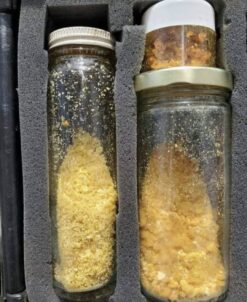 Buy DRIED 5MEO-DMT Toad Venom for depression$350.00 – $3,200.00
Buy DRIED 5MEO-DMT Toad Venom for depression$350.00 – $3,200.00 -
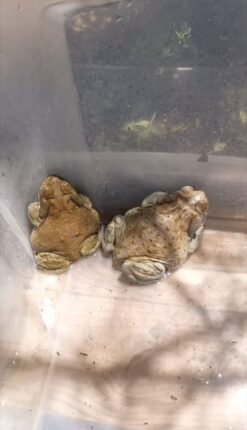 Bufo Alvarius Toads For Sale (Colorado River Toads For Sale)$400.00 – $1,400.00
Bufo Alvarius Toads For Sale (Colorado River Toads For Sale)$400.00 – $1,400.00 -
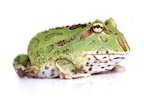 Pacman Frog$129.99
Pacman Frog$129.99 -
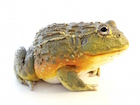 Pixie Frog$159.99
Pixie Frog$159.99 -
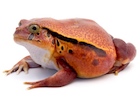 Tomato Frog$124.99
Tomato Frog$124.99 -
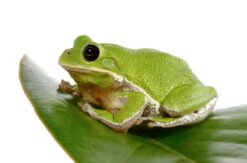 Barking Tree Frog for Sale$199.99
Barking Tree Frog for Sale$199.99 -
Product on sale
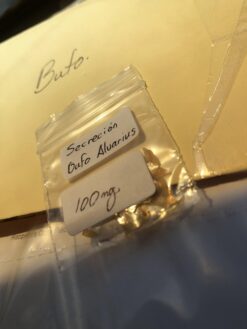 PURE TOAD VENOM (Bufo Alvarius Toad Venom for sale)$400.00 – $50,000.00
PURE TOAD VENOM (Bufo Alvarius Toad Venom for sale)$400.00 – $50,000.00 -
Product on sale
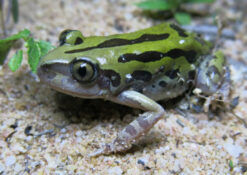 KASSINA SENEGALENSIS TOAD VENOM FOR SALE$700.00 – $22,000.00
KASSINA SENEGALENSIS TOAD VENOM FOR SALE$700.00 – $22,000.00 -
Product on sale
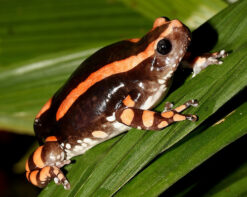 PHRYNOMANTIS BIFASCIATUS TOAD VENOM FOR SALE$700.00 – $18,000.00
PHRYNOMANTIS BIFASCIATUS TOAD VENOM FOR SALE$700.00 – $18,000.00
